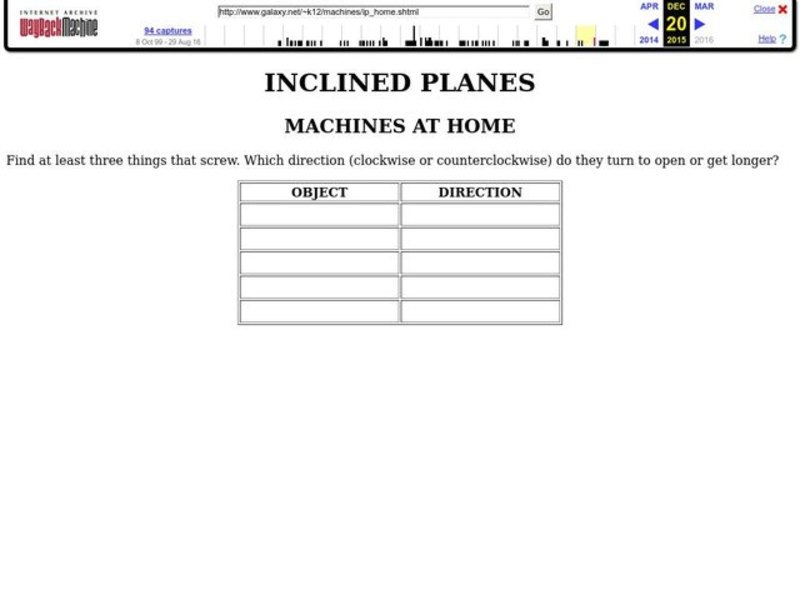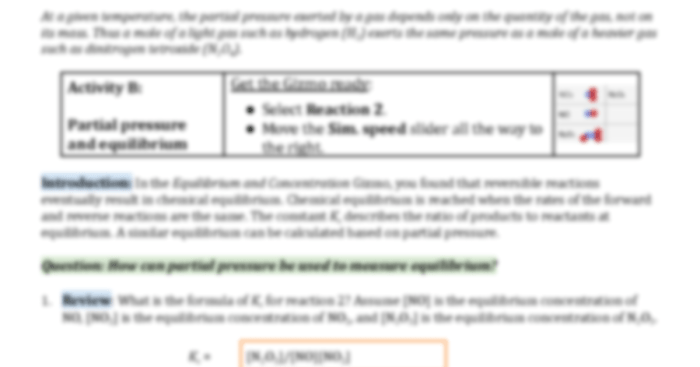Embark on an enlightening journey into the realm of inclined planes with our comprehensive inclined plane worksheet with answers. This resource delves into the fundamental concepts, calculations, applications, and advanced principles of inclined planes, providing a thorough understanding of this essential mechanical concept.
Through engaging explanations, real-world examples, and a meticulously crafted worksheet, this guide empowers learners to grasp the intricacies of inclined planes, enabling them to solve practical problems and appreciate their significance in various fields.
Inclined Plane Basics

An inclined plane is a sloping surface that connects two different elevations. It is one of the six simple machines, along with the lever, wheel and axle, pulley, wedge, and screw. Inclined planes are used to move objects from one level to another, making work easier by reducing the force required to lift or lower an object.
Inclined planes are characterized by their length, height, and angle of inclination. The length is the distance along the slope, the height is the vertical distance between the two ends of the slope, and the angle of inclination is the angle between the slope and the horizontal.
Inclined planes are found in many everyday situations, such as ramps, stairs, and conveyor belts. Ramps are used to load and unload vehicles, stairs are used to move between different levels of a building, and conveyor belts are used to move materials from one place to another.
Inclined Plane Calculations
The mechanical advantage of an inclined plane is the ratio of the output force to the input force. The output force is the force required to move the object up the slope, and the input force is the force applied to the object to move it up the slope.
The mechanical advantage of an inclined plane is calculated using the following formula:
MA = L/H
where:
- MA is the mechanical advantage
- L is the length of the slope
- H is the height of the slope
The efficiency of an inclined plane is the ratio of the output work to the input work. The output work is the work done by the object as it moves up the slope, and the input work is the work done by the force applied to the object to move it up the slope.
The efficiency of an inclined plane is calculated using the following formula:
Efficiency = (Output work/Input work) x 100%
The force required to move an object up an inclined plane is calculated using the following formula:
F = (m
- g
- H)/L
where:
- F is the force required to move the object up the slope
- m is the mass of the object
- g is the acceleration due to gravity
- H is the height of the slope
- L is the length of the slope
Applications of Inclined Planes
Inclined planes are used in a variety of applications, including:
- Construction: Inclined planes are used to move materials up and down slopes during construction projects.
- Transportation: Inclined planes are used to load and unload vehicles, and to move people and goods between different levels of a building.
- Manufacturing: Inclined planes are used to move materials and products through different stages of the manufacturing process.
Inclined planes can be used to solve a variety of practical problems, such as:
- Moving heavy objects from one place to another
- Loading and unloading vehicles
- Moving people and goods between different levels of a building
- Conveying materials and products through different stages of the manufacturing process
Worksheet Examples
Problem 1:A ramp has a length of 10 meters and a height of 2 meters. What is the mechanical advantage of the ramp?
Solution:
- MA = L/H
- MA = 10 meters / 2 meters
- MA = 5
Problem 2:A person pushes a box up a ramp with a force of 100 Newtons. The ramp has a length of 10 meters and a height of 2 meters. What is the efficiency of the ramp?
Solution:
- Output work = (m – g – H) = (100 kg – 9.8 m/s^2 – 2 m) = 1960 Joules
- Input work = (F – L) = (100 N – 10 m) = 1000 Joules
- Efficiency = (Output work/Input work) x 100% = (1960 Joules/1000 Joules) x 100% = 196%
Advanced Concepts

The effect of friction on inclined planes can be significant, especially for objects with a large coefficient of friction. Friction can reduce the mechanical advantage and efficiency of an inclined plane, and can also make it more difficult to move objects up the slope.
Multiple inclined planes can be used to create a compound inclined plane, which can be used to move objects over a greater height or distance. Compound inclined planes are often used in construction and manufacturing.
Visual Representations
The diagram below shows the forces acting on an object on an inclined plane.
[Diagram of an object on an inclined plane]
The forces acting on the object are:
- Weight (W): The force of gravity acting on the object
- Normal force (N): The force exerted by the inclined plane on the object, perpendicular to the slope
- Friction force (F): The force exerted by the inclined plane on the object, parallel to the slope
- Applied force (F): The force applied to the object to move it up the slope
Related Concepts

Inclined planes are related to other simple machines, such as levers, pulleys, and wedges. All of these machines are used to move objects from one place to another, and they all work by reducing the force required to move the object.
Inclined planes are also related to mechanical advantage. Mechanical advantage is the ratio of the output force to the input force. The mechanical advantage of an inclined plane is determined by the length and height of the slope.
Historical Perspective
Inclined planes have been used for centuries to move objects from one place to another. The ancient Egyptians used inclined planes to build the pyramids, and the ancient Greeks used inclined planes to move heavy stones into place for their temples and other buildings.
Inclined planes continue to be used today in a variety of applications, from construction to manufacturing. They are an essential tool for moving objects from one place to another, and they have played a vital role in the development of human civilization.
Essential Questionnaire: Inclined Plane Worksheet With Answers
What is an inclined plane?
An inclined plane is a sloping surface that connects two different elevations, allowing objects to move between them with reduced effort.
How do you calculate the mechanical advantage of an inclined plane?
Mechanical advantage is calculated by dividing the output force (the force required to move the object up the plane) by the input force (the force applied parallel to the plane).
What are some real-world applications of inclined planes?
Inclined planes are used in a wide range of applications, including ramps for wheelchairs, conveyor belts in factories, and roads for vehicles.

